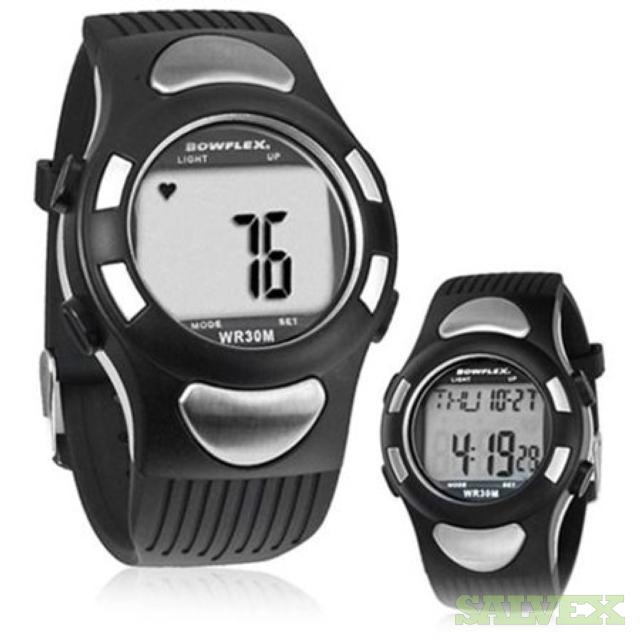

This will give a much better range of guidance, because you can account for recovery in the low zones, or interval training at the top.

In reality, that's a very basic approach and many heart rate devices and training programmes will use four or five zones instead: Then moderate activity would be between 90-126bpm, and vigorous between 126-153bpm. So, for a 40-year-old, that would come out as a maximum heart rate of 180bpm (220 - 40 = 180). The target zone for moderate activity is between 50-70 per cent of your maximum the target for vigorous activity is between 70-85 per cent of maximum, according to the American Heart Association. Target zones are then calculated as a percentage of your maximum heart rate.

Then your maximum heart rate is approximated by subtracting your age from 220. Many of the devices that track your heart rate will ask for your basic details - like your age. What are target heart rates and heart rate zones? While they don't give you the persistent monitoring and convenience that a worn device will, they can give some guidance about your heart rate. Grip plates or touch sensors on treadmills, cycling machines or elliptical trainers will give you a report of your heart rate on the display. You'll often find there are heart rate sensors built into gym machines. The advantage this offers is it's cheaper and more convenient than a chest strap, but can again add data to a range of other devices, making it an easy option for cyclists or those who want to use an app on their phone for their workouts. Taking the sensor away from the device can leave you with something like the Polar Verity Sense, which is just an optical sensor you can wear to gather heart data. The optical sensor uses light to detect heart rate through the skin, while the electrical detects electric signals from the heartbeat. There are two types of worn devices: optical and electrical. That no longer has to be a device designed specifically for sport, with most smartwatches now offering this function, as well as many fitness bands. With convergence being the big trend in technology over recent years, most people will get a heart rate monitor as part of another device. What devices can be used to monitor heart rate? Instead, you can focus on hitting your target heart rate. Because heart rate is focused on the individual, it means you can train without having to hit speed or distance measures that you might never be able to achieve. Heart rate training puts the focus on hitting specific zones, personalised to you, so you know that you're working hard enough, or critically, that you're not overdoing it. Regardless of why you're exercising - to lose weight, to get a personal best in your next race, to increase your match day performance - heart rate monitoring can help focus your efforts to ensure you are training at the right intensity. Many training programmes, either directly or indirectly, are linked to heart rate and heart rate zones. With wide access to heart rate data, heart rate training is now something that's easy to get involved with. Importantly, by monitoring your heart rate, you can get a sense of whether you are exercising at the correct intensity to achieve the results you want. By monitoring your heart rate, you can get a quantifiable sense of how hard you are working and that means you can use it to guide your training and measure your performance. Lighter exercise causes a smaller rise in heart rate and more intense exercise produces a larger increase. There's a lot more going on in the cardiovascular system than that, but that's the basic process. Simple: your heart rate is a really good way to gauge the impact of an activity on your body in real time.Īs you exercise, your heart rate increases to pump more blood around your body, delivering oxygen and removing waste by-products to and from your muscles. The biggest question is "why?" Why do people monitor their heart rate? What's the point?
HEART PRO MONITOR HOW TO
It wasn't too long ago that a heart rate monitor was a piece of specialist equipment, found in labs or on elite athletes.īut now there are heart rate sensors packed into loads of devices, at a full range of price points, making it easier than ever to keep track of your heart rate and put that to use in your training and fitness activities.īut what's it all about? Here's a simple guide to heart rate monitoring, why it's useful, how to use it, and what devices are available. (Pocket-lint) - Health tech has been a massive growth area over the past 20 years.


 0 kommentar(er)
0 kommentar(er)
